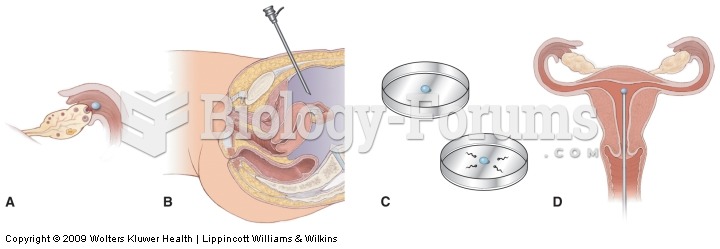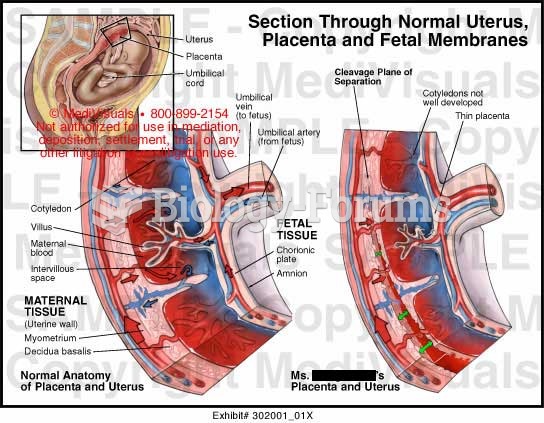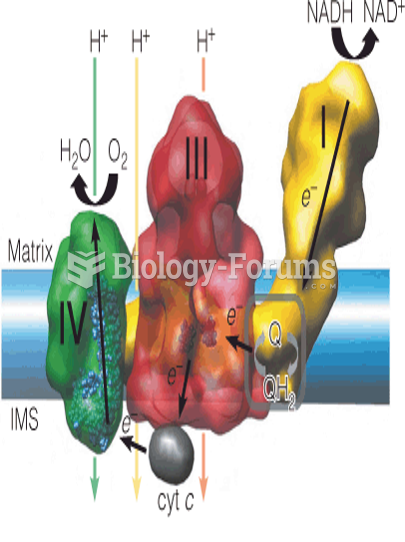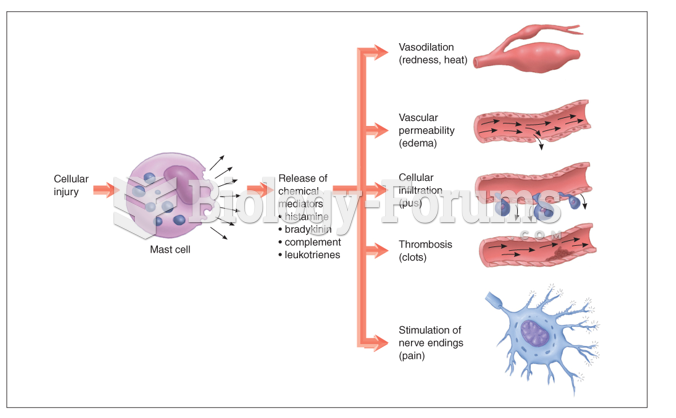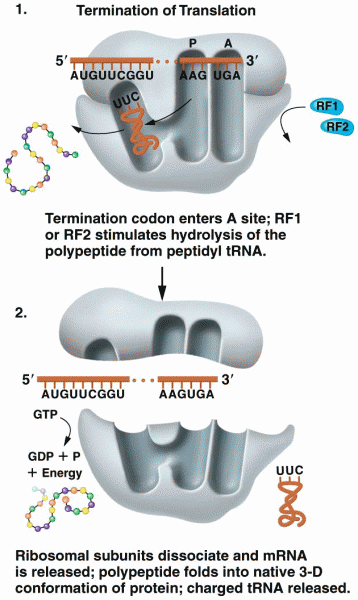Answer to Question 1
Step 1: Perform Strategic Assessment. This first stage involves the process by which the manufacturer becomes fully aware of its logistics and supply chain needs and the overall strategies that will guide its operations.
Step 2: Decision to Form Relationship. Depending on the type of relationship being considered by the manufacturing firm under consideration, this step may take on a slightly different decision context.
Step 3: Evaluate Alternatives. Using a methodology by which the apparent levels of drivers and facilitators may suggest the most appropriate type of relationship to consider. If neither the drivers nor the facilitators seem to be present, then the recommendation would be for the relationship to be more transactional, or arm's length in nature.
Step 4: Select Partners. While this stage is of critical concern to the customer, the selection of a logistics or supply chain partner should be made only following very close consideration of the credentials of the most likely candidates.
Step 5: Structure Operating Model. The structure of the relationship refers to the activities, processes, and priorities that will be used to build and sustain the relationship.
Step 6: Implementation and Continuous Improvement. Once the decision to form a relationship has been made and the structural elements of the relationship identified, it is important to recognize that the most challenging step in the relationship process has just begun. Depending on the complexity of the new relationship, the overall implementation process may be relatively short, or it may be extended over a longer period of time.
Finally, the future success of the relationship will be a direct function of the ability of the involved organizations to achieve both continuous and breakthrough improvement. A number of steps should be considered in the continuous improvement process. In addition, efforts should be directed to creating the breakthrough, or paradigm-shifting, type of improvement that is essential to enhance the functioning of the relationship and the market positioning of the organizations involved.
Answer to Question 2
True


